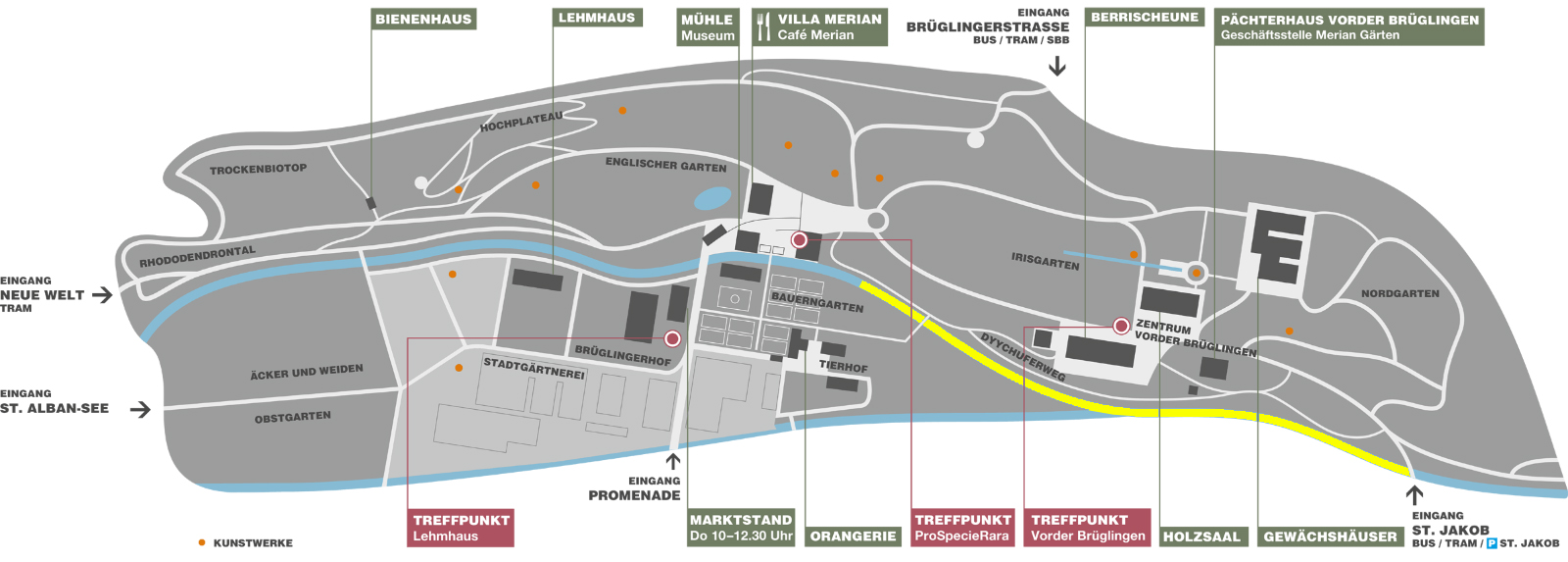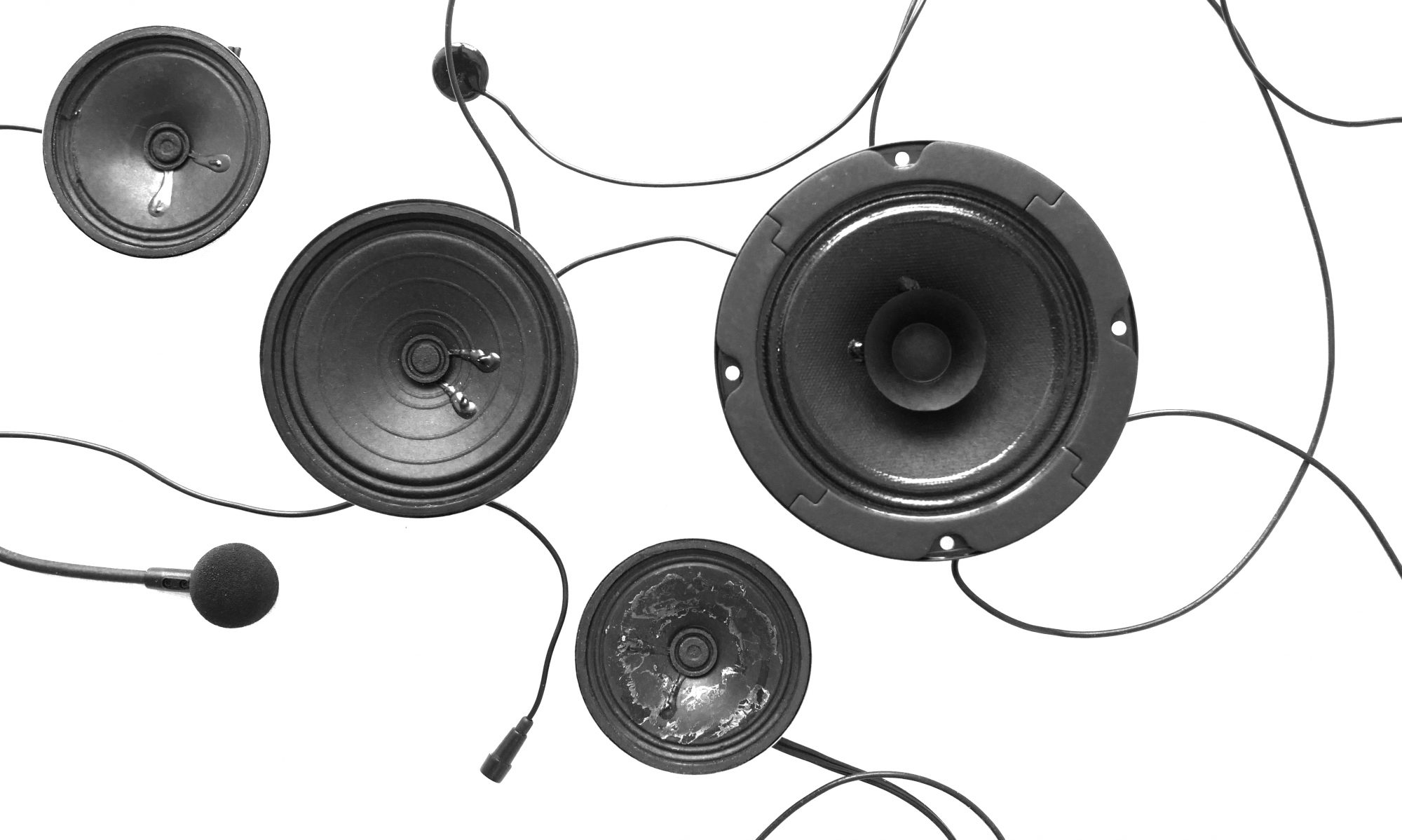
Salix aurita — Ohr-Weide (2018) is a work for 150 floating loudspeakers by île flottante | Andrea Gsell & Nica Giuliani and Lilian Beidler. These small loudspeakers travel 500 meters down a small river in the Merian garden in Basel, Switzerland. As Lilian explained to me: “The idea to use floating loudspeakers originated when first visiting the site. The «artificial nature» of the human-made gardens strike us on first sight: How the plants, the greens, the trees, the river look natural even though they are entirely cultured by humans. This led to the idea to create a work that focusses on the interplay of wildness and taming, naturalness and cultivation. In our imagination, the loudspeakers represent a colony of a new species that has settled in a new environment trying to adjust to the new living conditions.” The name for the work was found during this first visit: they found a tree named Salix aurita, “eared willow.”

To give the impression of these loudspeaker creatures slowly adapting to their new environment, Andrea, Nica, and Lilian developed a sonic narrative. During the 500 meters the loudspeakers travel through the river, the sounds they emit slowly change and go through five different states. They seem to react and adapt to their environment. As Lilian told me, they are “starting nervously and agitated because they lack orientation. Then they realise where they are and become quite fearful and exhausted. In a third state, they find hope again and then prepare to fight and strike out to assert themselves in triumph. Eventually they adapt to their habitat and calm down in harmony.”

Each of these five different states has a length of between 18 and 36 minutes, resulting in one whole run lasting for approximately 2.5 hours. There are 17 individual tracks divided on the 150 loudspeakers, resulting in 8 or 9 loudspeakers playing the same track. But because the loudspeakers were placed one after the other in the river, there was always a time shift of around 10 minutes in between the same tracks and no loudspeakers playing the same sound floated side by side. As soon as the floating loudspeakers had reached their end point—it takes them more or less around 15 minutes—they were taken out of the river and brought back to the starting point again. In this way, it was possible to keep a continuous flow of loudspeakers on the river.

The multi-track composition played through the loudspeakers is entirely made from recordings of Lilian’s voice. Using the entire range of possible sounds and noises the voice can produce, she also employed different objects as resonating bodies in or in front of her mouth while making sounds. Avoiding any speech sounds and recognisable words, she uses the purely sonic characteristics of her voice. In post-production, she worked with minimal electronic tools to mix and adjust the recordings to the sound spectrum of the loudspeakers and the playback environment. Lilian told me she worked with her voice to emphasise the creature-like characteristics of the loudspeakers: by giving them a “voice” they were easily identified as a living entity.
These are three fragments of the loudspeaker tracks, all representing a different sonic creature:
The loudspeakers used are so-called “waterproof floating TWS (True Wireless Stereo) Bluetooth Speakers” (as they are called in the manual). After testing different models, Andrea Gsell, Nica Giuliani, and Lilian Beidler decided to use these due to their aesthetic appearance and because they seemed to be of decent sound quality. Made for leisure use in the bathtub or while swimming rather than as professional sound tools, they served Salix aurita—Ohr-Weide’s purpose—quite well. They float on top of the water, have a battery life of around 6 hours when playing at full volume, and can be used with an SD card. The river becomes a stream of voices, and the murmuring loudspeakers transforms into a “natural” element of this landscape.
This is a short documentation video of Salix aurita—Ohrweide:
Many thanks to Lilian for answering all my questions!
